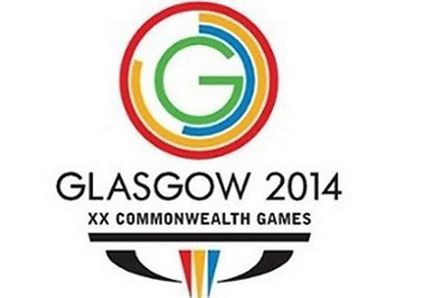Commonwealth Games
 From July 23 to August 3, some 6,500 athletes from over 70 countries will compete in 17 sports in 14 venues in Glasgow for the XX Commonwealth Games.
From July 23 to August 3, some 6,500 athletes from over 70 countries will compete in 17 sports in 14 venues in Glasgow for the XX Commonwealth Games.
This will mark the third time Scotland has hosted the games; previously, Edinburgh held them in 1970 and 1986. Those times Scotland won medals in the men’s and women’s 10,000 metre track events respectively. As games ambassador Billy Connolly says: “Glaswegians are great partakers. Support is our sport.”
As with all games, a number of legacy venues have been designed and built. The athletes’ village in Glasgow’s East End is on 35 hectares of land and after the games will add 700 new homes to the community. Adjacent to the village is the Emirates Arena and the adjoining Sir Chris Hoy Velodrome. The arena has a 200-metre, six-lane track, which is hydraulically operated, allowing other events such as badminton to be held. The velodrome with its 250-metre track is named for the UK’s most successful gold-medal winning Olympian and Commonwealth Games champion.
One of the most exciting competitions at the games will likely be mountain biking, which will take place on the newly constructed Cathkin Braes Mountain Bike Trails. Located 15 minutes from the athletes’ village, the trails are set against a backdrop of ancient woodlands, steep slopes and wide open spaces and offer a panoramic view of the city. Features like Brig O’Doom, Broken Biscuits and the Clyde Climb suggest the cyclists are in for a stern competition.
Perhaps one of the unique aspects of the Commonwealth Games in Glasgow is the historic venues where many of the competitions will take place. A number of the stadiums have been upgraded in preparation for the games, but bring their own sense of history with them. For example, Ibrox Stadium was built in 1899 and renovated in 1997. Host venue for the Rugby Sevens competition, it is the same stadium where King George V visited in 1917 to award honours, including knighthoods and war medals in an open air public investiture, the first time such an event had taken place in Scotland since 1603.
The first Commonwealth Games were held in Hamilton, Ontario in 1930. Eleven countries sent 400 athletes to compete in six sports and 59 events. Since then, the games have been held every four years, with the exceptions of 1942 and 1946 because of World War II. From 1930 to 1950, they were known as the British Empire Games and then subsequently as the British Empire and Commonwealth Games and then as the British Commonwealth Games. Ultimately it was in Edmonton, Alberta in 1978 that the competition gained its current name of the Commonwealth Games.
Often called the “Friendly Games,” the sporting event opened up to para-athletes for the first time in Manchester in 2002. The other significant addition was in 2000 of the Youth Games, open to athletes 18 years of age and younger. Since the first games, the number of sports competed has increased. Today, each candidate city hoping to host a games must include a core of 10 sporting events and then include up to an additional seven from a list of optional sports. The games must also include a core list of four para-athletic sports with another three from an optional list.
Beyond the track and field, swimming and diving, cycling and other sports, the Commonwealth Games also carries with it a significant cultural component. For 2014, Glasgow has divided the program into two separate strands. One is a Scotland-wide celebration titled Culture 2014; the other is a celebration running alongside the games in Glasgow called Festival 2014. The festivities include specially commissioned multi-media performances (one of which employs the talents of Cirque Du Soliel’s technical director), films, exhibits and much more.
The patron of the Commonwealth Games Federation is the Queen, who long believed sport is a force for good and can be used to build communities and create harmony in society. A message from the Monarch has been read at every games and in 1958 the tradition of the Queen’s Baton Relay was begun. At Buckingham Palace, the Queen’s message is placed into a specially designed silver gilt baton, which is then carried to the host city for the games, first travelling around the world to all the countries participating in the event. According to Lord Seb Coe, the former athlete, “The games are the only cement common to all the Commonwealth countries.”




















Leave a Comment